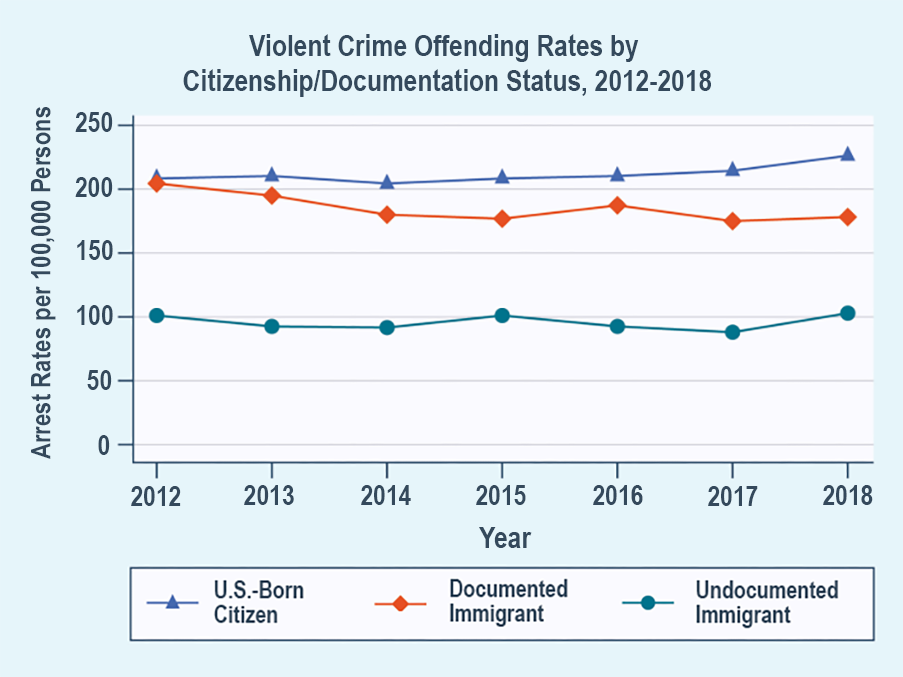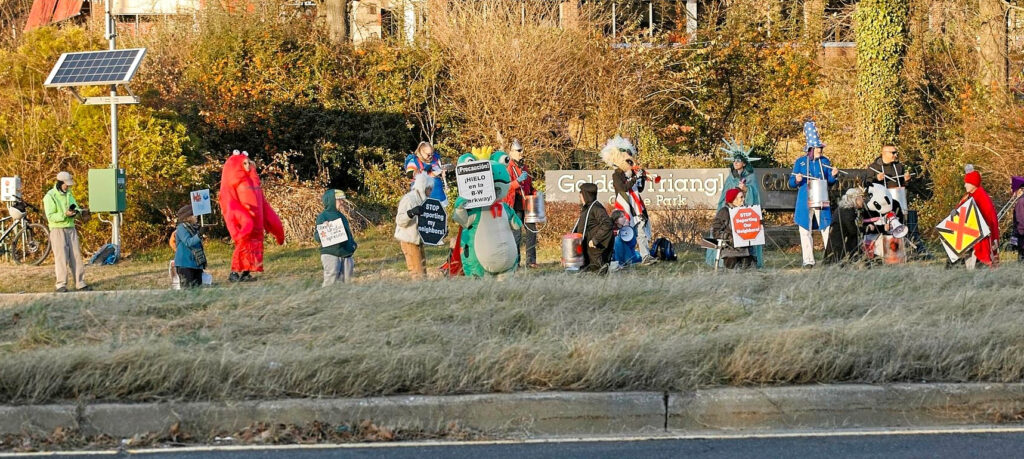On Thursday, May 29, the Department of Homeland Security (DHS) published on its web site a list of sanctuary cities, counties and states it said were defying the government and endangering America. Among them was Greenbelt. The city responded with a press release, in which it stated that it “complies with all applicable federal and state laws and fully cooperates with the courts on matters related to federal immigration policy and does not obstruct the lawful enforcement of federal immigration laws.” DHS removed its published list of sanctuary jurisdictions sometime on Monday, June 2.
DEI Statements
In February, the City of Greenbelt issued a public statement that shared the community pledge and reaffirmed the city’s commitment to being a “welcoming community that celebrates all our residents and treats everyone with dignity, regardless of race, ethnicity, disability, religious beliefs, sexual orientation, gender identity or immigration status.” It also stated that the Greenbelt Police Department (GPD) “is not responsible for enforcing immigration laws and does not assist with federal immigration enforcement activities. They will never ask for your immigration status.” Local police departments are not required to check immigration status during law enforcement, as immigration enforcement is a federal responsibility.
At the recent May 27 meeting, city council also approved a resolution that affirms the council’s commitment to Diversity, Equity and Inclusion (DEI).
Neighboring College Park was also on the list of sanctuary cities. It does not have a police force but its city council signed a One College Park Proclamation on January 21, declaring its own commitment to DEI. That statement celebrated diversity and did not mention immigration enforcement.
Greenbelt’s City Council narrowly passed its motion to issue a letter reaffirming their commitment to diversity and the community pledge in February (see the February 27 issue) and a resolution affirming their commitment to DEI in May (see article on page 1). Councilmembers Amy Knesel, Danielle McKinney, Jenni Pompi and Kristen Weaver have been the four in favor in both instances, with Mayor Emmett Jordan opposed to the February letter and abstaining from the May resolution and Councilmembers Silke Pope and Rodney Roberts opposed to both. In February Jordan cautioned against placing a “target on the City of Greenbelt” while Pompi, who introduced both motions, spoke of a time for moral fortitude.
White House Statement
Prior to the deletion of the sanctuary jurisdiction list, the White House shared a press release entitled “DHS Exposes Sanctuary Jurisdictions Defying Federal Immigration Law” and its tagline read, “Sanctuary jurisdictions undermine the rule of law and endanger the lives of Americans and Law Enforcement.” The press release further read, “DHS is committed to exposing these lawless jurisdictions to the public and making them accountable for not respecting the rule of law. ‘These sanctuary city politicians are endangering Americans and our law enforcement in order to protect violent criminal illegal aliens,’ said DHS Secretary Kristi Noem. ‘We are exposing these sanctuary politicians who harbor criminal illegal aliens and defy federal law. President Trump and I will always put the safety of the American people first. Sanctuary politicians are on notice: comply with federal law.’ Each jurisdiction listed will receive formal notification of its non-compliance and all potential violations of federal criminal statutes. DHS demands that these jurisdictions immediately review and revise their policies to align with federal immigration laws and renew their obligation to protect American citizens, not dangerous illegal aliens.”
Conflation of Immigrants and Crime
Key to the administration’s messaging is linking immigrants to crime and labelling them a threat to the United States and its citizens. The administration has used this approach to justify not only immigrants’ deportation but also their incarceration. For example, in the case of Kilmar Abrego Garcia (see the April 10, 17 and 24 issues), who was deported to El Salvador through what the administration called an “administrative error,” he was not only removed from the U.S. but also placed in a maximum-security prison, despite being charged with no crime in either country.
Commenting on the City of Greenbelt’s public post of their response to the designation online, City Councilmember Silke Pope aligned herself with this view, expressing disagreement with (unspecified) policies and stated, “I certainly do not want [Greenbelt] to become a haven for criminals.” Pope later deleted her comment and did not respond to our email request for clarification of her stance.
Contrary to strong rhetoric from the current administration, studies show that immigrants, especially undocumented immigrants, commit crime at significantly lower rates than natural-born citizens. Studies by the American Immigration Council, National Institutes of Health, the National Institute of Justice (NIJ) and FBI and Census Bureau data concur on this matter, and a study showing immigrants commit less crime than U.S. citizens was available on the Department of Justice website until it was deleted in early March. The deleted analysis showed undocumented immigrants were arrested for violent crimes and drug crimes at half the rate and for property crimes at a quarter of the rate of U.S.-born citizens (see chart).
Consequences
An Executive Order (EO) on April 28, entitled Protecting American Communities from Criminal Aliens outlines some proposed consequences for jurisdictions designated as sanctuaries. As legal basis, the EO cites prohibiting obstruction of justice (18 U.S.C. 1501 et seq.), unlawfully harboring or hiring illegal aliens (8 U.S.C. 1324), conspiracy against the United States (18 U.S.C. 371), and conspiracy to impede federal law enforcement (18 U.S.C. 372). It also states assisting immigrants may amount to violating the Racketeer Influenced and Corrupt Organizations Act (18 U.S.C. 1961 et seq.) as well as violate laws prohibiting “discrimination against Americans in favor of illegal aliens and protecting Americans’ civil rights.”
Section three of the EO is titled Consequences for Sanctuary Jurisdiction Status. It states federal funds to sanctuary jurisdictions, including grants and contracts, will be identified for suspension or termination, “as appropriate.” It also states legal remedies will be pursued to end “violations” and “bring such jurisdictions into compliance with the laws of the United States.”
Meanwhile, the City of Greenbelt asserts it has neither violated nor obstructed any federal laws.
The author is a naturalized U.S. citizen.





